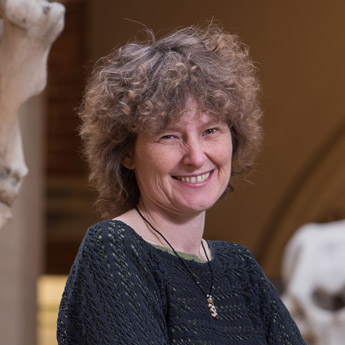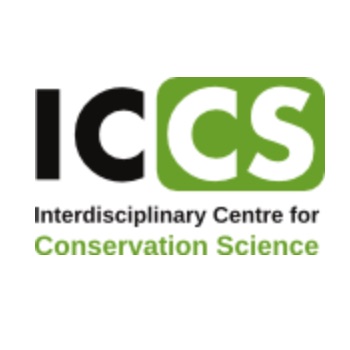How do we account for biodiversity?
If the UK is to meet its own and international biodiversity targets, it needs to be able to properly measure the impact of economic development projects on biodiversity. It also needs to be able to deliver social welfare benefits alongside nature restoration, as well as balance trade-offs between commitments to economic development and biodiversity improvements.
If the UK is to meet its own and international biodiversity targets, it needs to be able to properly measure the impact of economic development projects on biodiversity. It also needs to be able to deliver social welfare benefits alongside nature restoration, as well as balance trade-offs between commitments to economic development and biodiversity improvements.
The Sprint’s case study area (BBOWT 2022)
This balancing of trade-offs requires an understanding of how to measure biodiversity impacts, and how to balance biodiversity improvements with the social and economic welfare of people affected by them. This will help to enable landscape-scale planning that supports both biodiversity and local communities. This Sprint will address these questions by exploring four key elements: biodiversity, social welfare, spatial modelling, and scenarios for development.
The Sprint focuses on the Bernwood, Otmoor, and Ray region as a case study site. The project area spans the Buckinghamshire, Oxfordshire border and is approximately 300km2. It is a landscape where nationally important economic development is taking place, putting the region’s habitats and wildlife at risk. The area project sits entirely within the OxCam Arc for growth and development and holds strong options for further (large scale) habitat improvement.
This Sprint will support an integrated approach to renewing and restoring nature in a socially just way, in the context of economic development activities, working directly with HM Treasury and the Department for Environment, Food and Rural Affairs.
Project outputs
Building bridges: engaging the environmental social sciences and humanities
Social and environmental challenges are deeply interwoven. Responding to overlapping concerns about climate change, biodiversity loss and inequality is not merely a scientific or technical enterprise, but also a deeply political, economic, moral and social endeavour.







